OPINION – Nothing better represents the anxieties of the age of Covid-19, climate change and the increasingly heated Ukrainian-Russian war than an excellent old-fashioned cinematic apocalypse. Plus, we’ve just tested Dying Light 2, and we’re about to review Horizon Forbidden West, so we’re in a post-apocalypse mood.
The idea of the apocalypse has always fascinated humanity, as evidenced by how religions incorporate it into their eschatology and artists use it as a literary device. It is only logical that cinema’s most sensational artistic medium should also embrace the genre to reflect contemporary fears and anxieties, going all the way back to the 1916 film The End of the World (which highlighted concerns about Halley’s Comet). With global pandemics, the cataclysmic effects of climate change disrupting our daily lives, and the end of the world more preoccupying than ever, it only makes sense to catalogue the ten best cinematic apocalypses.
A brief definition may be necessary here, given the many ways the human race has been destroyed on the silver screen. The zombie movie is so culturally pervasive (and relevant) that it could justifiably form its own ranking; similarly, many great films feature world-ending catastrophes but are not considered explicitly apocalyptic (we have included one zombie film in the list regardless). Ultimately, cinematic apocalypses are at their strongest when they can master a specific tone and create an emotional impact. These films convincingly evoke a sense of dread and hopelessness at the prospect of our end, and they do shock indeed and unsettle us, but somehow we are still grateful to be back in this bright, strange world where we all still live and have options, at least for now.
These are the best of the post-apocalyptic films, ranked.
-
World War Z (2013)
World War Z is the big-screen adaptation of Max Brook’s killer pseudo-documentary novel of the same name (and number 49 on our list of the 50 best post-apocalyptic books).
The film follows Gerry Lane, a retired UN investigator (played by Brad Pitt), as he tries to track down the source of a zombie outbreak ravaging countries around the world at an alarming rate. Although World War Z is a significant departure from Max Brook’s source material, it still manages to be an exciting, big-budget Hollywood version of the classic zombie apocalypse scenario.
-
The Road (2009)
Based on Cormac McCarthy’s notoriously bleak and depressing novel, John Hillcoat’s The Road is an equally uncompromising and unrelenting monochrome vision of a devastated land and a father and son trying to navigate it. There is something inherently noble in Viggo Mortensen’s character as he defies the end of the world, and the emotional resonance of the paternal bond lingers with viewers long after the apocalypse. Instead of taking a planned break from acting, Mortensen decided to take on the role of “The Man”, and after the strenuous regime to which he exposed his body for the sake of the film, he would take a two-year acting break.
The journey is also said to have inspired the story of the first The Last of Us game.
-
The Planet of the Apes (1968)
When a lone astronaut crash-lands on an alien planet, he hopes to find survivors of a previous expedition on the surface. Instead, he finds himself captured by a terrifying race of sentient beings. In one of the most famous stories told in a post-apocalyptic film, the astronaut discovers that a civilisation of intelligent apes has enslaved humanity – and getting home will be more complicated than he had hoped.
The phenomenal success of Planet of the Apes has spawned a whole host of sequels and reboots, and the franchise still has life. Most recently, 2011’s Rise of the Planet of the Apes explored the origins of the super-intelligent apes in the film, with a sequel (Dawn of the Planet of the Apes) released in 2014 and the next movie (War for the Planet of the Apes) planned for 2017.
-
Escape from New York (1981)
The crime problems in today’s Manhattan don’t seem so bad compared to John Carpenter’s classic New York.
With crime levels in the country spiralling out of control, the entire island of Manhattan has been turned into a high-security prison. After Airforce One crashes into the heart of the prison island, ex-police officer Snake Plissken (played by Kurt Russell) is given 24 hours to find and free the President from the clutches of the island’s criminal inhabitants.
Interestingly, Snake Plissken’s karate is known to have inspired Hideo Kojima’s own Solid Snake and Big Boss characters – so much so that in Metal Gear Solid 2, Snake’s alias is Snake Plissken.
-
12 monkeys (1995)
Perhaps only Terry Gilliam could have remade the iconic French short film La Jetee and created something even better: The 12 Monkeys. Between Brad Pitt (who received his first and only Oscar nomination in more than 13 years) and Bruce Willis’ manic overacting, kaleidoscopic cinematography and a carnivalesque soundtrack, Gilliam’s vision is an unorthodox and exuberantly exciting way to look at the end of the world. The film also spawned a four-season SYFY TV series.
-
Children of Man (2006)
Something that is justifiably missing from most great apocalyptic films is a sense of hope, which is understandable given the grey subject matter. Alfonso Cuarón’s Children of Men does not seem to be a beacon of hope, with its ashen greys and dirty browns, its hopeless and cynical protagonist, and its cinematic mastery for much of its running time of depicting repetitive hardship. While this film is about all women being infertile, in the original novel by P.D. James, the apocalypse was caused by all men being unable to produce sperm. Yet, in the end, this bloody struggle is for something beautiful – life, hope and a different tomorrow. Although Children of Men was nominated for three Academy Awards, including Best Screenplay, Best Cinematography and Best Editing, the film was considered a financial failure, returning only $70 million of its $76 million budget.
-
A Quiet Place (2018)
John Krasinski has made a career out of panning deadpan for the camera in The Office and producing independent films like Ravens, so it came as a surprise when he broke box office records with this little gem. Shot with his wife on a $17 million budget, A Quiet Place (as opposed to other apocalyptic films like 2012, with a $200 million budget) distinguishes itself by looking at the end of the world from a parent’s perspective and using a creative gimmick and sound design that launched a franchise. In addition to being nominated for an Academy Award in the Best Sound Editing category, the film has won 9 prestigious film awards, including the American Flim Institute, Saturn and Critic’s Choice awards.
-
Mad Max (1979)
Covered leather, muscle cars and Mel Gibson: either I’m watching the celebrity version of World’s Wildest Police Chases, or it’s time to talk about the legendary Mad Max.
The film’s protagonist, Max Rockatansky, is a former police officer forced to live in isolation after the murder of his family. As society crumbles around him, he reluctantly takes on the role of a vigilante and then hero: helping to stem the tide of bandits threatening to destroy the last remnants of civilisation.
The vivid wilderness and larger-than-life characters of Mad Max have played a significant role in shaping the latest generation of post-apocalyptic fiction, including video games such as RAGE and the Fallout series. The success of Mad Max has led to two sequels (Mad Max 2: Warrior of the Road and Mad Max Beyond Thunderdome) and most recently a remake, Mad Max: Fury Road.
-
Mad Max 2 (1981)
Mad Max 2 picks up where the original left off, with vibrant design aesthetics, violent fight sequences and stark, beautiful cinematography. The film follows the broken, battered Max on a journey to rediscover his humanity, tracing the conflict between peaceful settlers and bloodthirsty (slave-clad) marauders, creating a cult classic.
The comic-book atmosphere of Mad Max 2 was a significant influence on post-apocalyptic fiction, and its effect can be seen everywhere, from video games (both Borderlands and RAGE owe their aesthetics to Max Rockatansky) to later films (like Waterworld and Doomsday, both included in this list). Suppose you’ve ever played with the Fallout franchise. In that case, you’ll even notice a strong resemblance between Max and his loyal canine companion, as well as the game’s leather-jacketed protagonist and his faithful sidekick Dogmeat.
-
The Matrix (1999)
Sometime in the distant past of the Matrix universe, humanity reached a monumental milestone: creating accurate artificial intelligence. Unfortunately (as is the norm in the post-apocalyptic genre), things get a little out of hand; eventually, humanity is forced to take extreme measures against the sentient machines and destroy their power source: the Sun. As one of the film’s main characters, Morpheus, puts it:
“We don’t know who struck first, us or them. But we do know that it was us who scorched the sky.”
Packed with mind-blowing action and a whole lot of killer twists, The Matrix is a phenomenal post-apocalyptic film.
-
Mad Max – Fury Road (2015)
It’s astonishing that George Miller, at 70 and three decades after the last Mad Max film, could still do this – a powerful, critically acclaimed action spectacle that garnered ten Oscar nominations and was named the best film of the century in a poll of critics and audiences by Empire magazine. That’s no exaggeration; with its detailed world-building, feminist allegories, incredibly stunning sets, committed performances and brilliant effects, Fury Road is both a masterpiece and a master of all apocalypse films.
-theGeek-

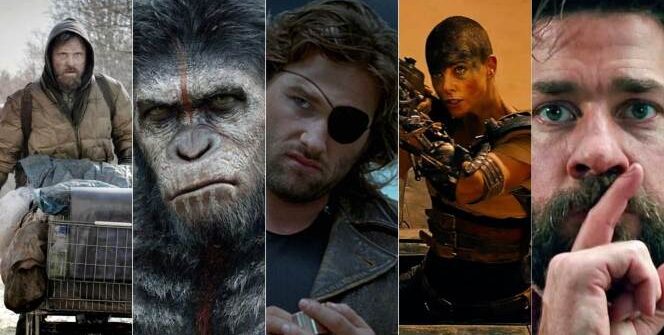
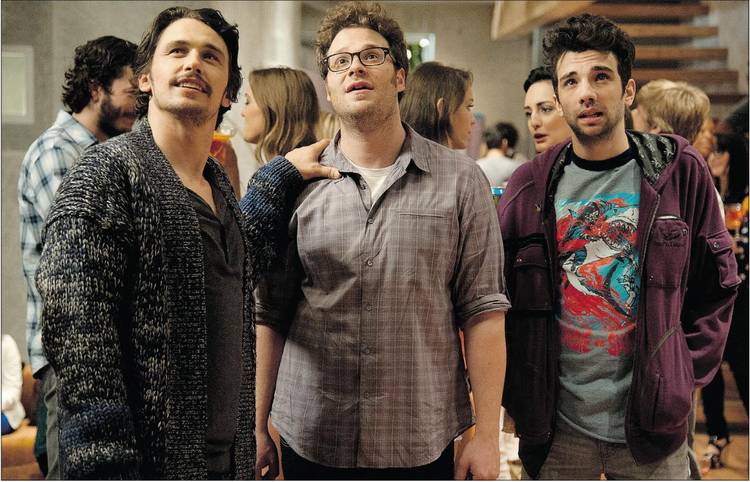
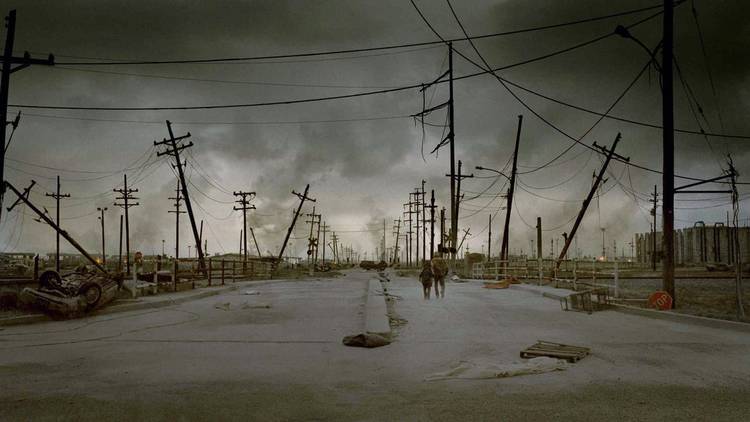
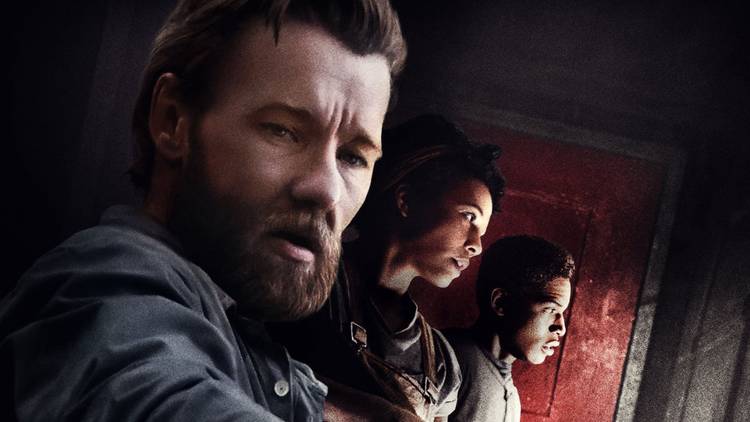
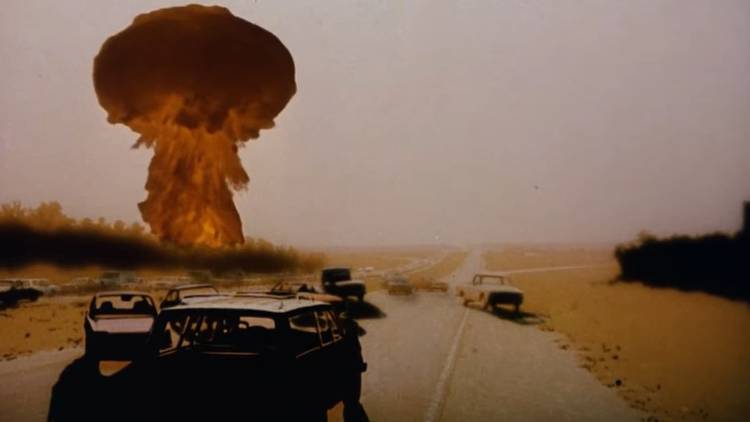
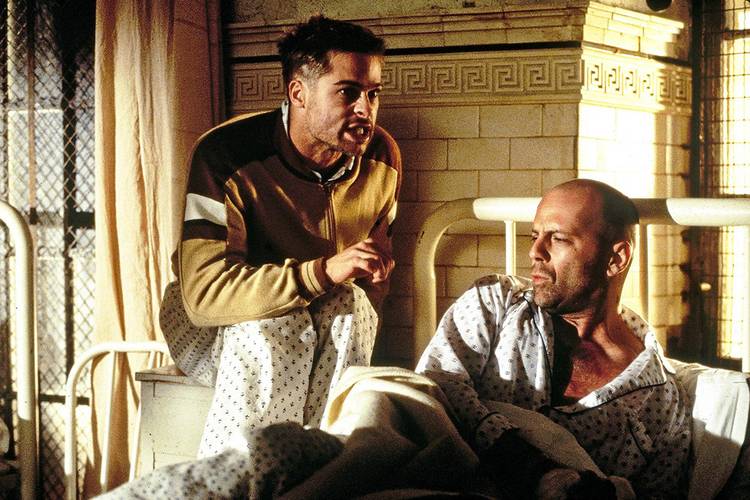
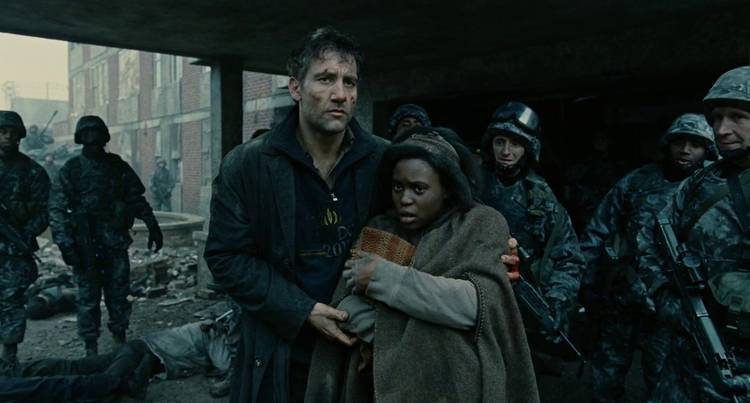
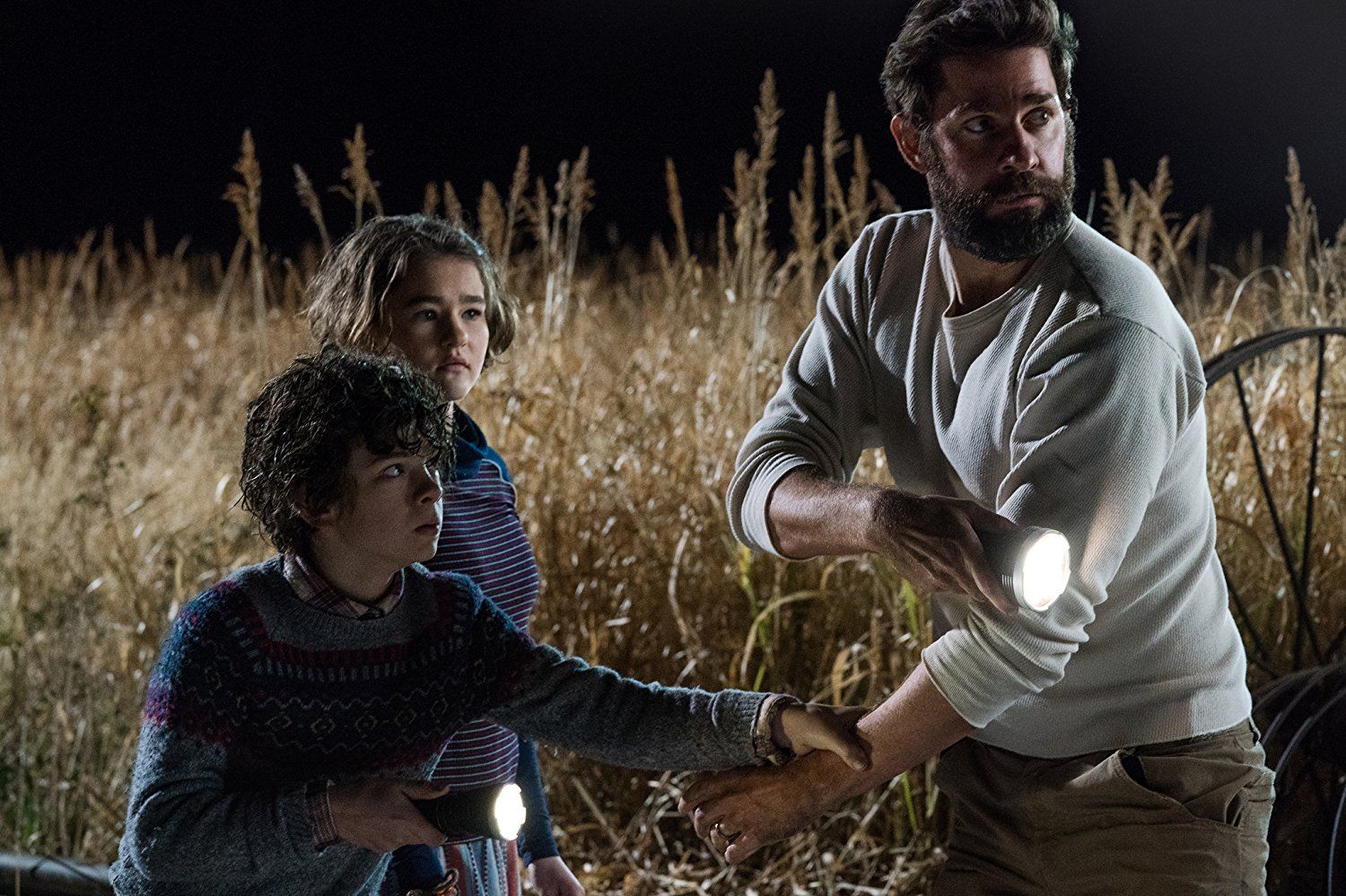

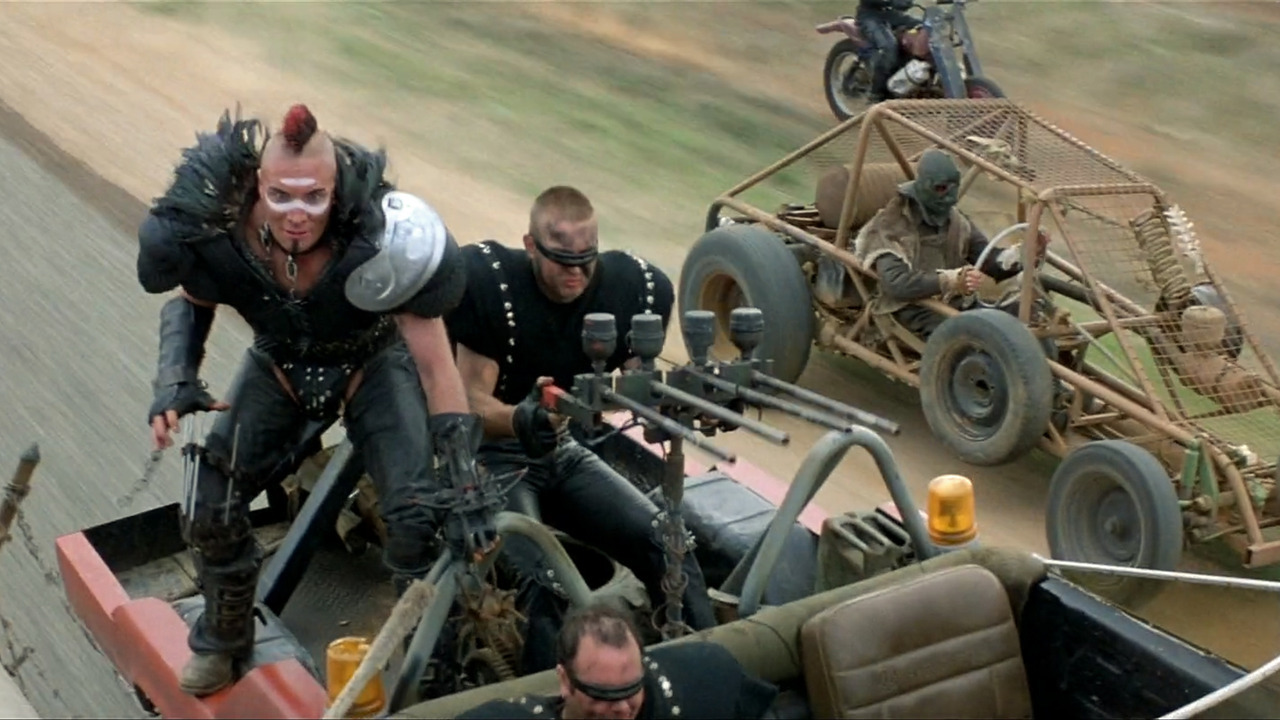
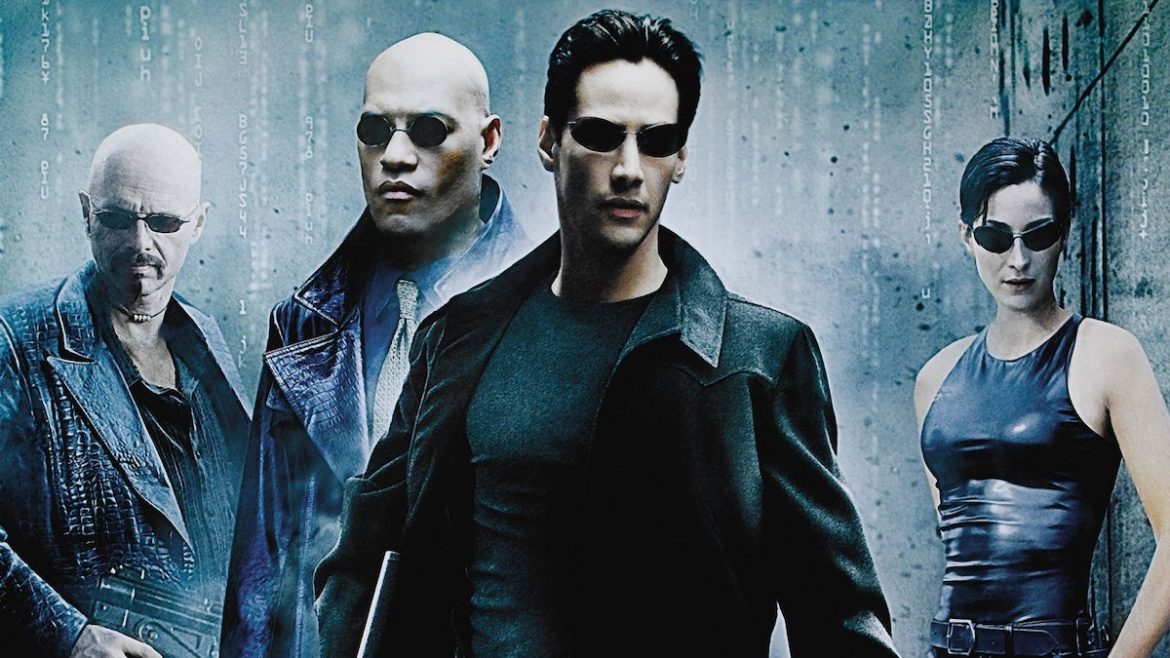
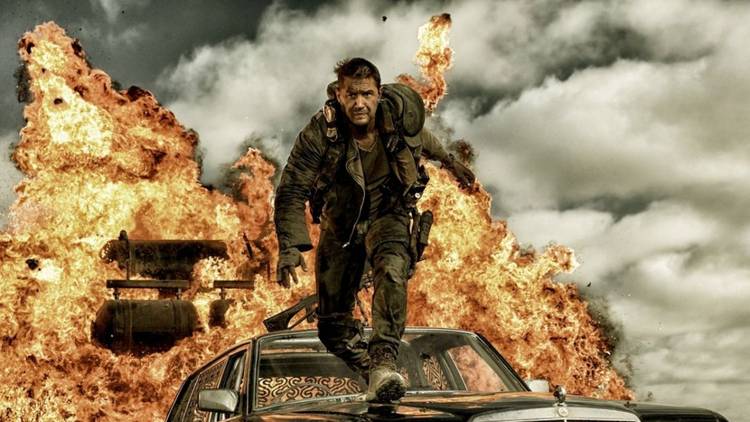






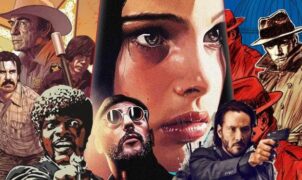






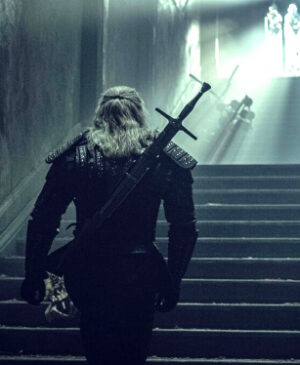
Leave a Reply